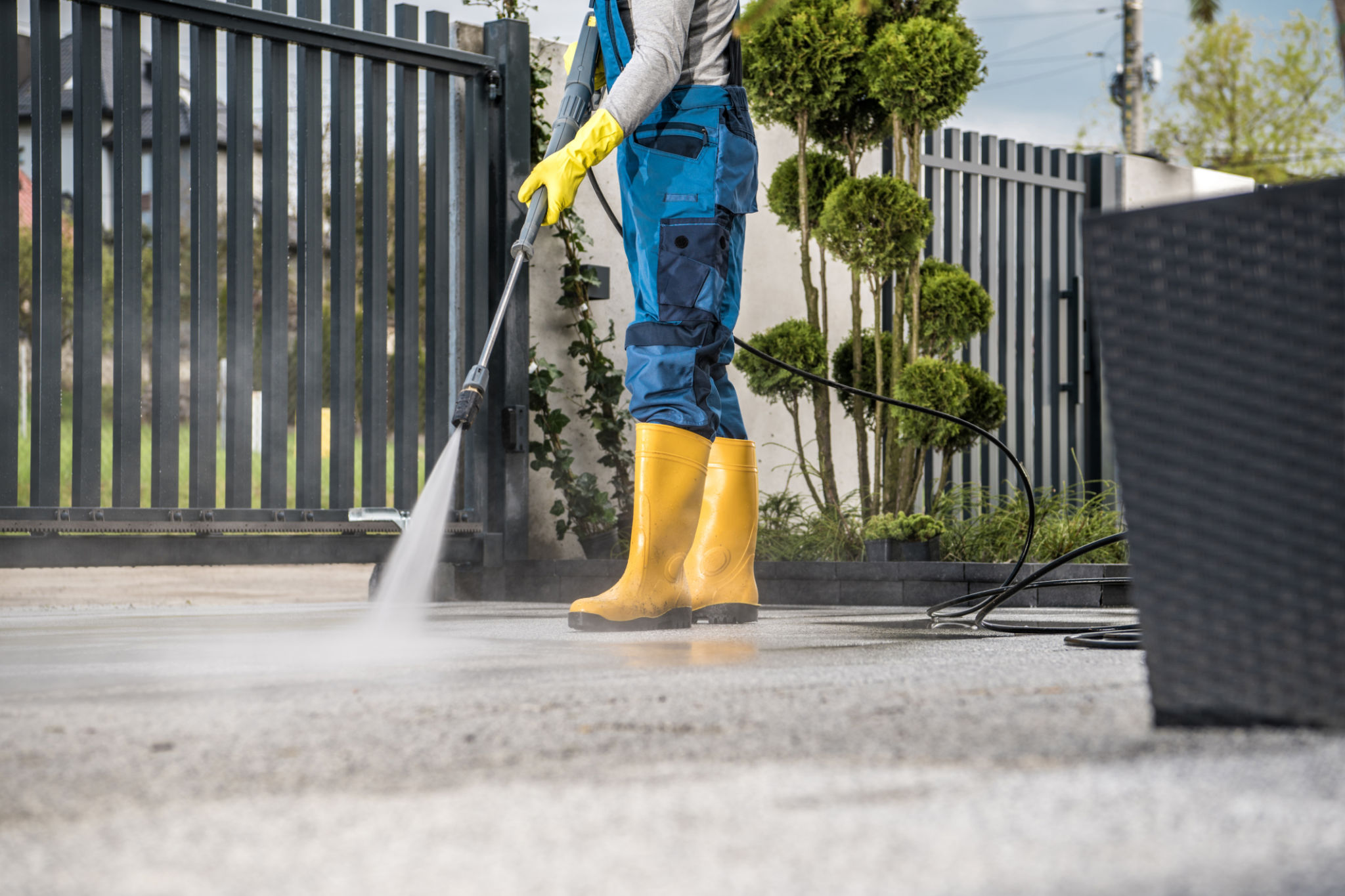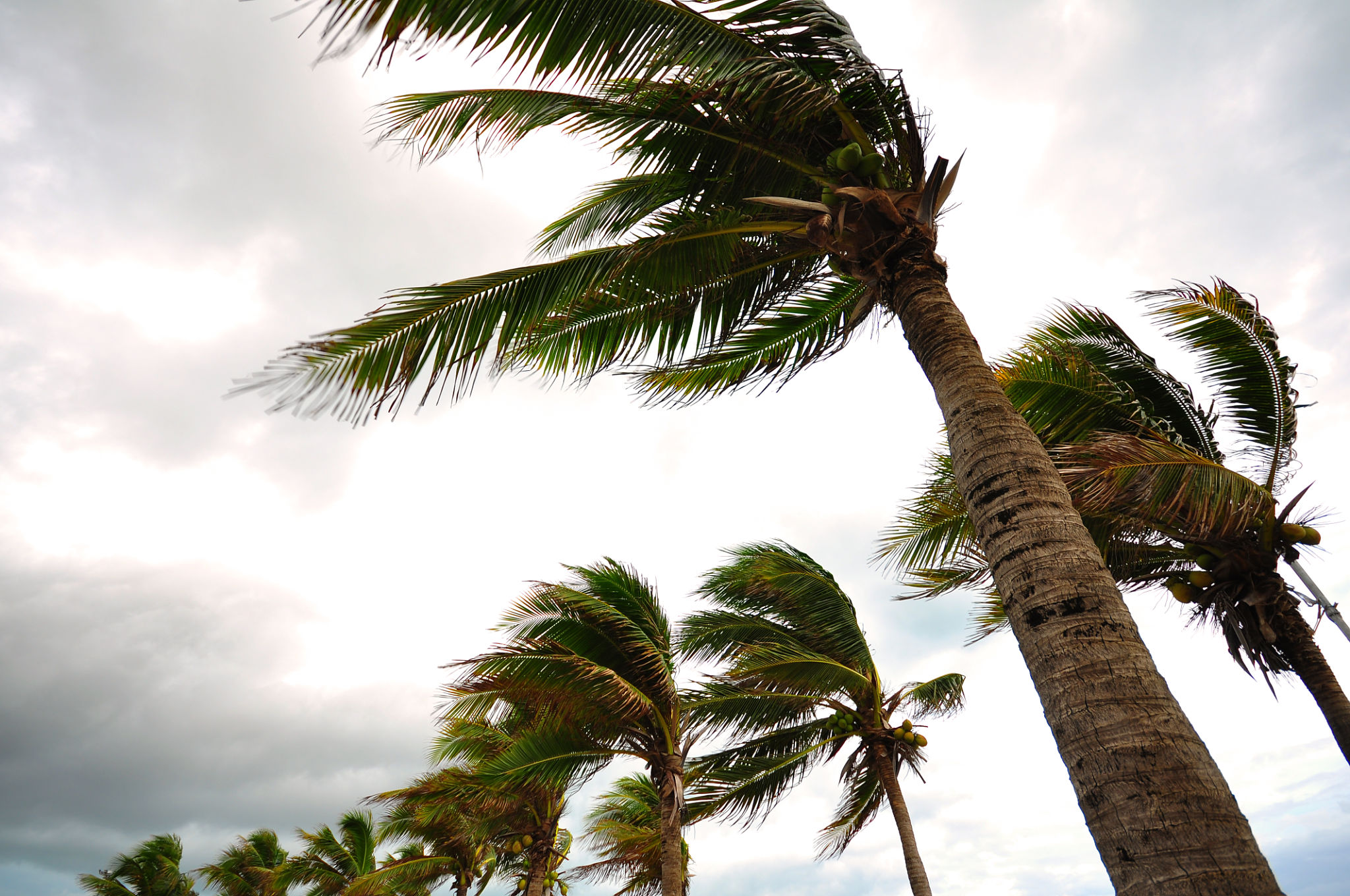How Weather Affects Power Washing: Tips for Different Climates
Understanding Weather's Role in Power Washing
Power washing is an effective way to clean various surfaces, but the weather can significantly influence its success. Different climates present unique challenges and opportunities, affecting everything from water evaporation rates to the type of cleaning solutions required. Understanding these factors can help ensure optimal results, regardless of your location.

The Impact of Temperature
Temperature plays a crucial role in power washing. In warmer climates, water evaporates more quickly. This rapid evaporation can cause detergents to dry on surfaces before they have time to work effectively, potentially leading to streaks or residue. To combat this, consider working during cooler parts of the day, such as early morning or late afternoon.
Conversely, in colder climates, freezing temperatures can pose a different set of challenges. Ice can form on surfaces, making them slippery and hazardous. Additionally, the water used in cleaning can freeze inside equipment, causing damage. Therefore, it's best to schedule power washing during milder winter days when temperatures are above freezing.
Humidity and Its Effects
Humidity levels can also affect power washing outcomes. In high-humidity areas, surfaces may take longer to dry, increasing the risk of mold and mildew growth if not addressed promptly. In such environments, using a fast-drying cleaning solution can be beneficial.

On the flip side, low-humidity regions can cause water to evaporate too quickly, similar to high temperatures. This rapid evaporation can hinder the effectiveness of cleaning agents, making it essential to adjust your approach and perhaps use more water to keep surfaces wet longer.
Adjusting for Wind Conditions
Wind is another environmental factor that can impact power washing. Strong winds can blow debris onto freshly cleaned surfaces, undoing your hard work. Furthermore, wind can cause spray to drift, wasting water and potentially affecting unintended areas.
To mitigate these effects, consider scheduling power washing on days with minimal wind or using barriers to shield areas from gusts. Adjusting your spray angle can also help control overspray and keep it targeted on intended surfaces.

Rain and Its Influence
Rain might seem like a natural ally in cleaning, but it often complicates power washing. Heavy rain can wash away detergents before they perform their intended functions. Light rain might assist in rinsing but can prolong drying times, leading to potential mold growth.
To achieve the best results, aim to power wash when there's no rain forecasted. If rain is unavoidable, ensure that surfaces are thoroughly rinsed and dried afterward to prevent adverse effects.
Seasonal Considerations
The changing seasons bring varying challenges for power washing. In spring and summer, pollen and insects can quickly settle on cleaned surfaces, requiring frequent maintenance. In these seasons, more frequent power washing may be necessary to maintain cleanliness.
During fall and winter, leaves and debris can accumulate rapidly, necessitating regular removal before power washing. Additionally, winter ice and snow should be managed carefully to prevent surface damage.
Conclusion
Adapting your power washing strategy to account for weather conditions is crucial for achieving the best results. By understanding how temperature, humidity, wind, rain, and seasonal changes affect your cleaning efforts, you can tailor your approach for each climate challenge. This not only ensures a more efficient cleaning process but also helps extend the life of the surfaces you maintain.
